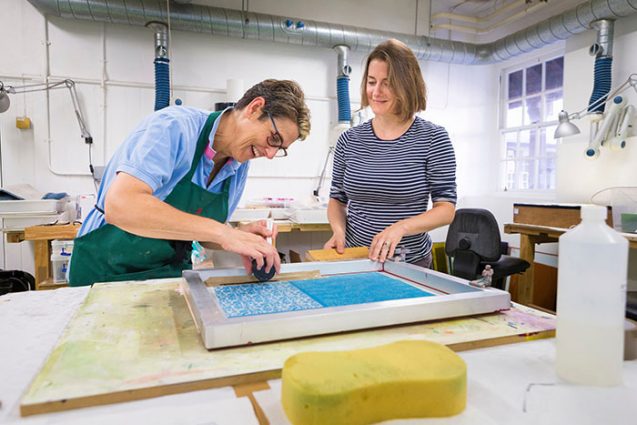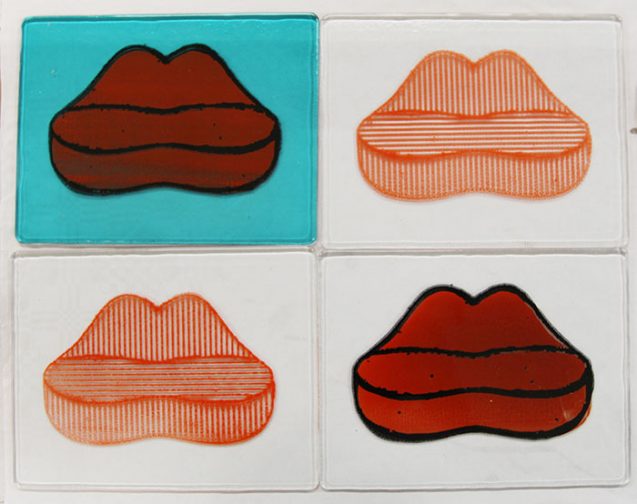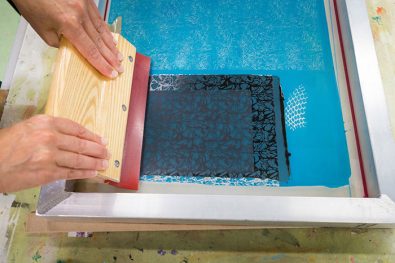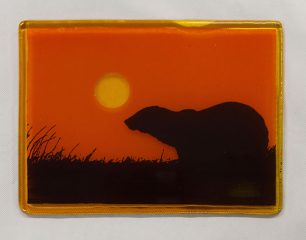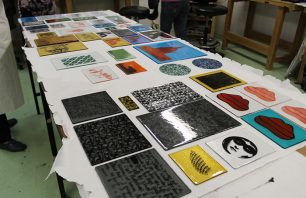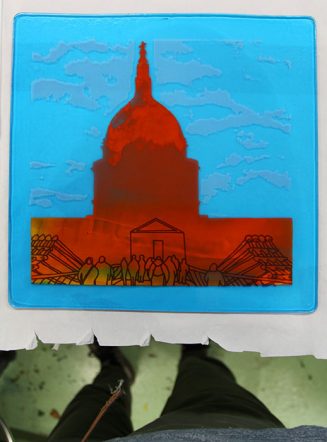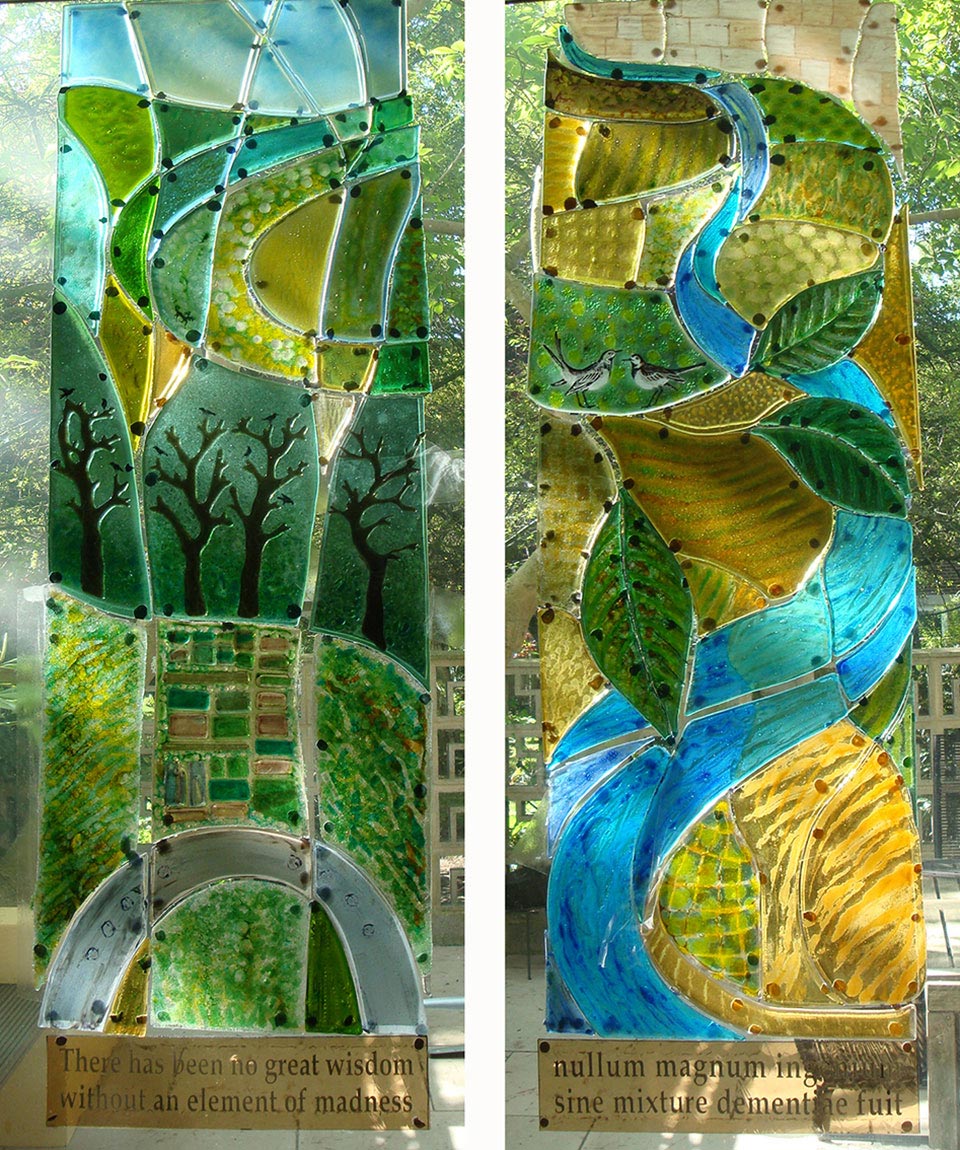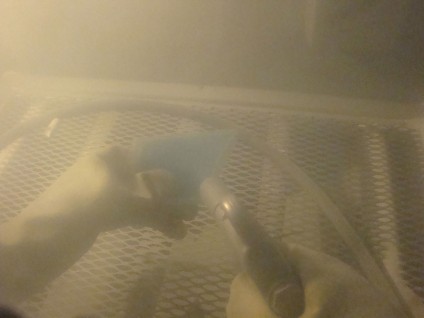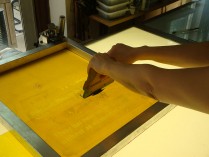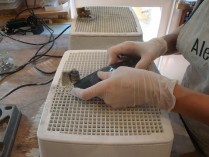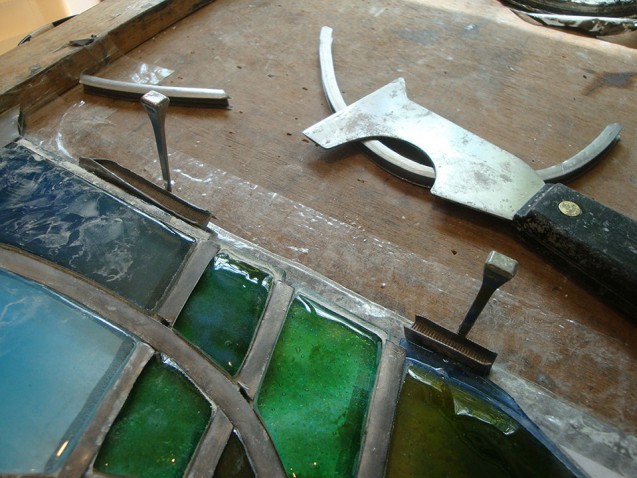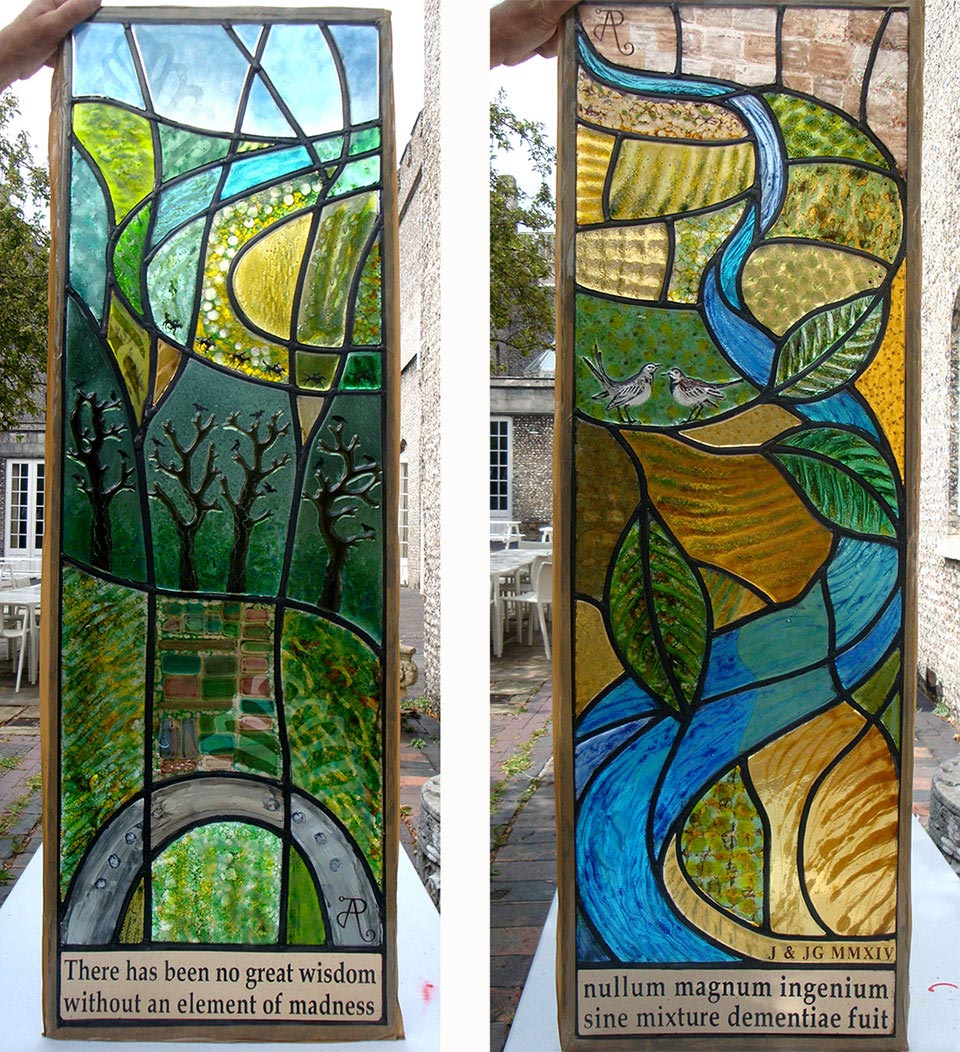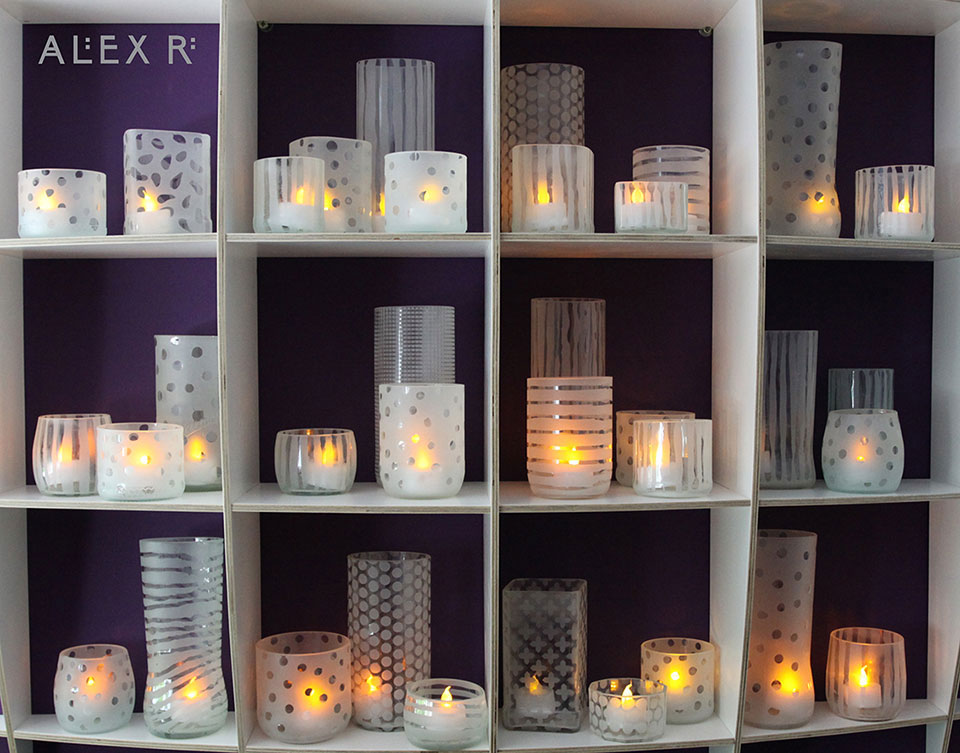Back to Print
After 7 months of maternity leave, it felt strange getting back to work at West Dean given that last time I was teaching there I was two weeks away from giving birth! However I was straight to work preparing for the 5 day course “Printing and Sandblasting Imagery on Glass” which is a challenging course to teach, mainly because along with the two titular techniques, I was also teaching an introduction to Photoshop to prepare the imagery for screenprinting.
Ambitious, I hear you say?! Yes, definitely. Every day I found myself running out of time to cover it all. Photoshop is such an enormous topic, and one is only ever scratching the surface by attempting to teach beginners how to use it to produce imagery. However we were well served by the perfect new computers provided by West Dean, and my students dealt well with the constant change of scenery switching between studio and the computer room.
We covered both basic and some more advanced techniques for cleaning up and optimising imagery. I had one very able student who created some great pop art style imagery from photos that he took around the college. The famous Mae West Lips Sofa by Salvador Dali (a version of which pouts suggestively in the West Dean corridor) was photographed, stylised in Photoshop and recreated in two colour screenprint onto glass by the end of the second day.
After all the hours of image manipulation on the computer, after the patience required to expose the image onto the screen, and after the careful mixing of the coloured enamels and the preparation of the glass, the fun of screen printing finally starts…. and it lasts about 3 seconds, if you do it right!
With a good pull of the squeegee across the screen you will see the magic of the screen printing technique. It might all be over very quickly, but it is satisfying to watch the colour transfer itself onto the glass below in a perfect rendering of the image you’ve slaved over.
Several students managed to experiment with overlaying two prints in different colours and when you have the third colour of the glass below, you start to get some fun results. And then…. it was the last day, and we’d used up all of our playtime at West Dean until next time.
